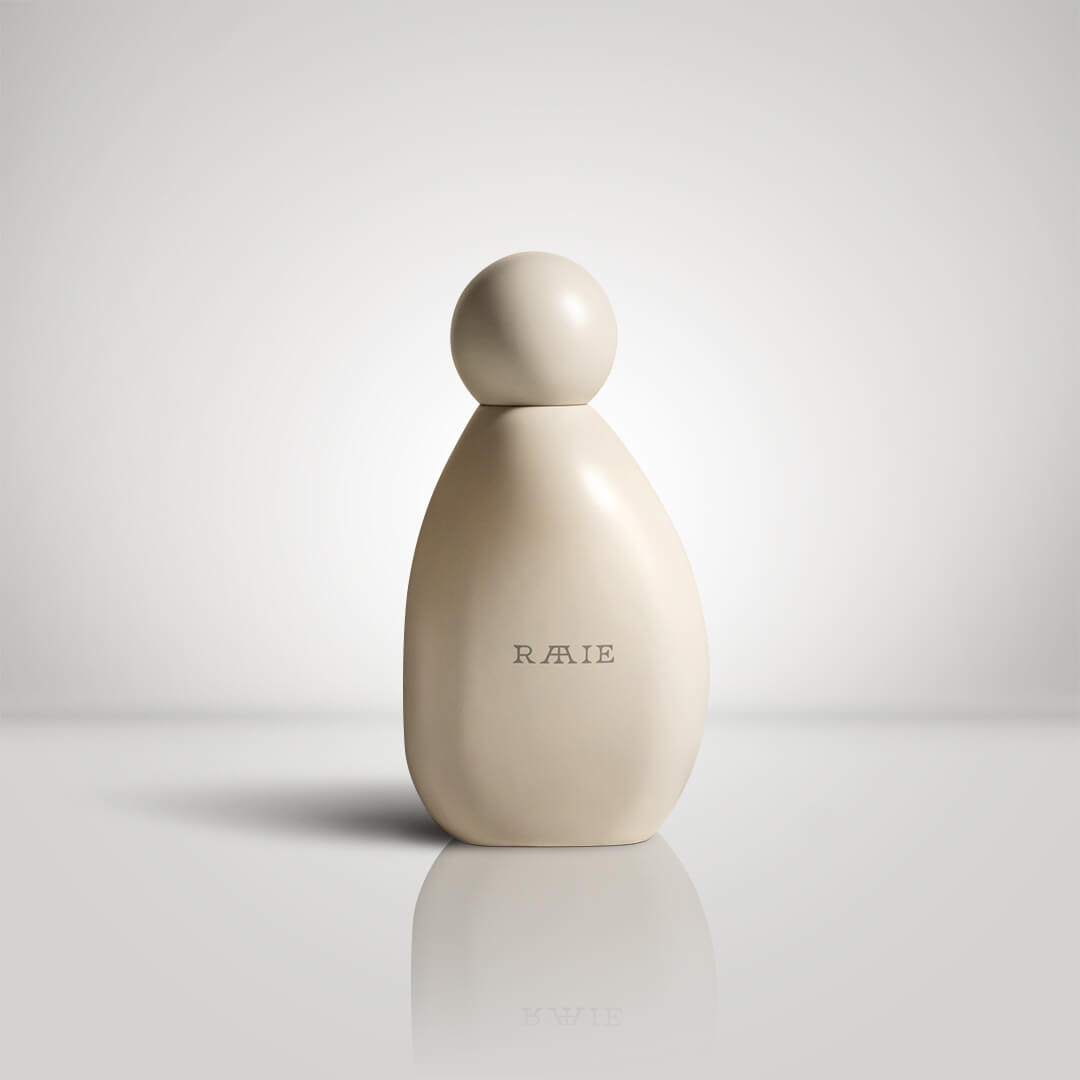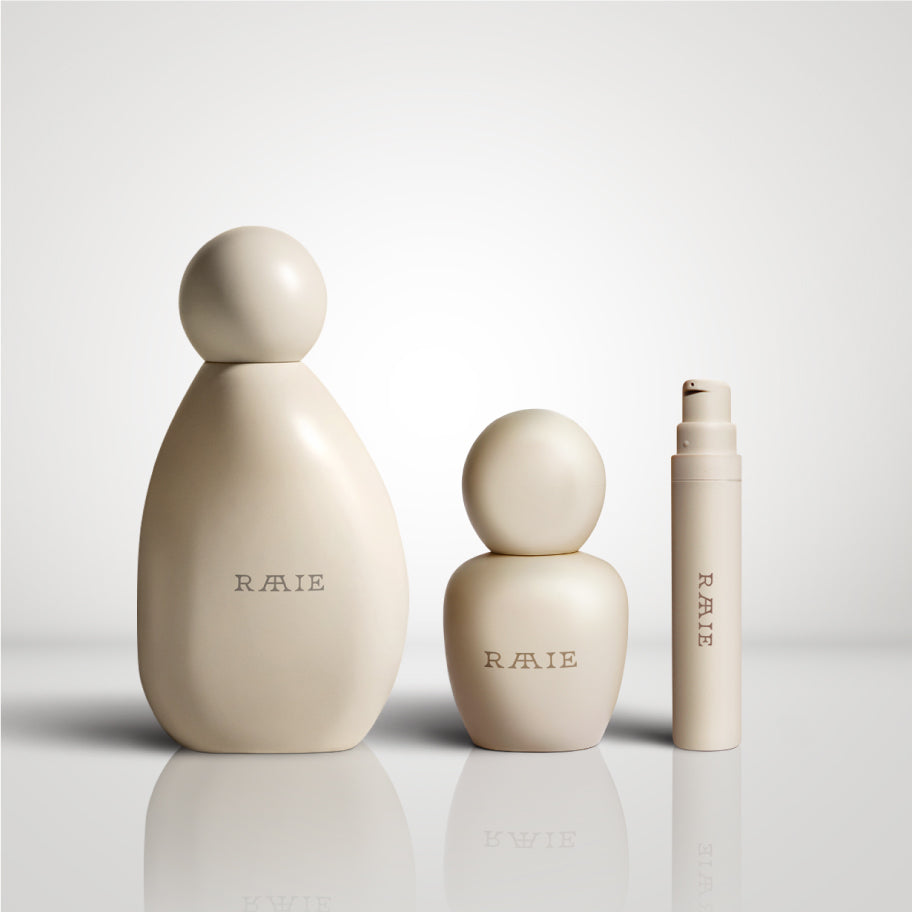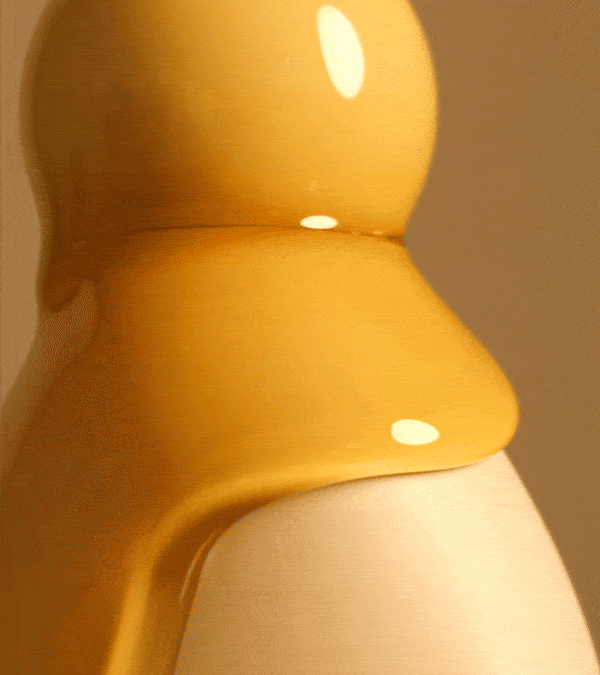
The skin-healing history of mānuka honey
A story of unwavering female determination and true cultural heritage.
The clinking of a spoon as it swirls in a mug, the sweetness that soothes a sore throat — these are the sensations that we typically associate with golden mānuka honey.
Growing up in Aotearoa, mānuka surrounds us, in the pantries of baches, a forever shelf fixture in supermarkets, and even in bed with us as we nurse a cold. Its healing nature is home to us, but we forget that internationally, the healing powers of this botanical has morphed throughout the years.
The story begins with one Mary Bumby, and hoards of true determination. An English beekeeper, Mary carried hives over during a torturous six-month journey to Aotearoa in 1839. Our then two present bee species lacked the ability to create honey. These European bees found themselves captivated by an alluring smell along the eastern shores of the North Island — the sweet scent of mānuka flowers blooming in the summer. A golden treasure was born.
Mānuka, reverently named by Māori, has long been regarded as taonga (treasure) for centuries. From dandruff to burns, mānuka has long been applied in various remedies within rongoā (traditional Māori medicine); ashes from burnt mānuka for soothing the scalp, and gum from the plant to moisturise and soothe fresh burns.
International recognition of mānuka honey’s medicinal properties began during the 1980s, thanks to Dr. Peter Molan. This era is widely regarded as a breakthrough, though much academic research fails to acknowledge mānuka honey’s long-established use in rongoā. But as all great things begin, it was a friend who inspired Molan’s research into mānuka honey. This friend, a keen beekeeper, believed in the antiseptic potential of mānuka honey. An obsession began for The University of Waikato scientist, and intensified through another equally sweet factor — his wife.
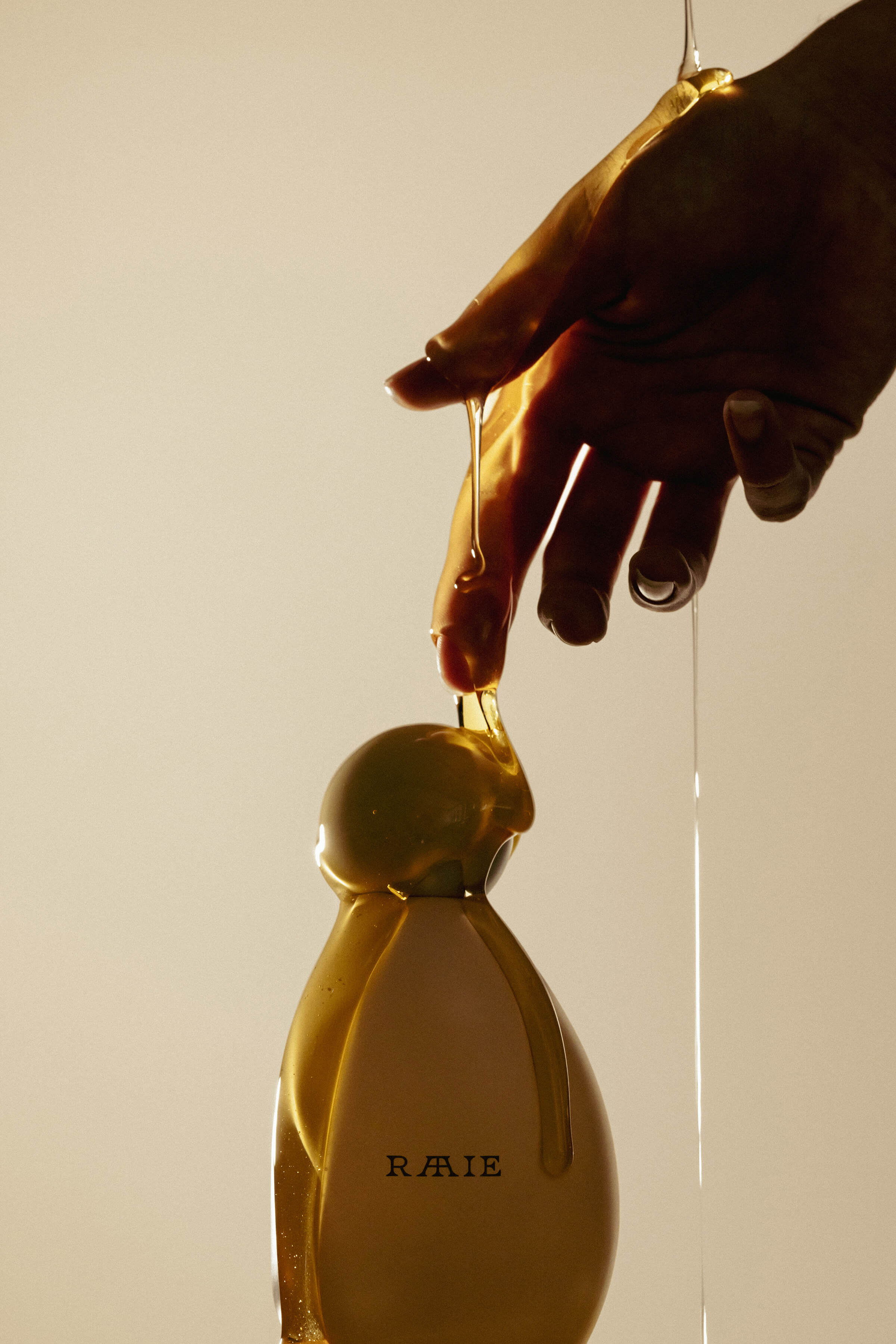
Alyson, his described soulmate and wife, clumsily spilt boiling hot water all over her hand one day. Dr. Molan carefully lathered her hand with mānuka honey and wrapped it up. She later noticed that her entire hand was clear, except for one spot which her husband had missed. This mere kitchen accident turned into a breakthrough for the perception of mānuka today.Molan’s suspicions resulted in him leading the Honey Research Unit at the University of Waikato, a department dedicated to uncovering the unique qualities of mānuka honey. A great discovery was made, Molan found that unlike other honeys, mānuka contains high levels of methylglyoxal (MGO). This special compound holds potent antimicrobial qualities, or in simple terms - it’s great at killing bacteria, viruses, and fungi.
Dr. Peter Molan’s key finding propelled mānuka honey to reach its now golden elixir status in modern wellness. A mighty development for a botanical once seen as a weed. Mānuka is scientifically set apart from other honeys as an effective remedy for soothing inflammation, treating infection, combating antibiotic-resistant bacteria and more. It is Molan’s work which has carved the road to its official medical recognition worldwide, further supported by his creation of the Unique Mānuka Factor (UMF).

HOW MĀNUKA HONEY HEALS: THE WORLD OF MGO & UMG
Methylglyoxal (MGO) is what gives mānuka honey its magic, simply put. This compound gives the honey an antibacterial agent, making it a game changer for skin concerns. It’s especially effective for treating acne, scarring, eczema, and irritated skin.Mānuka honey is also a fabulous gateway to bouncy skin. A 2018 study of mānuka honey as a hydrophilicity-enhancer (aka a material’s ability to absorb water) found that by adding just 1% of added mānuka honey, the water retention of the material was significantly boosted.
Think of your skin as this material when using our Golden Nectar Mānuka Honey Enzyme Cleanser.
This strength as a hydrophilicity-enhancer, alongside mānuka honey’s antibacterial powers and rapid wound healing properties is why it’s now used in trauma units internationally, including the NHS. A 2010 study further proved that mānuka honey generates collagen in the skin. With collagen making up 80% of the skin, the impact of scarring in wound care can be dramatically reduced through medical-grade mānuka.
There is another key compound to mānuka upholding its most medicinal honey status — meet Leptosperin. A friend to MGO, it is a naturally occurring chemical found only in the nectar of mānuka plants. It’s a great anti-inflammatory, perfect for soothing irritated skin (alongside many sore throats).
Leptosperin also takes us to the world of the Unique Mānuka Factor (UMF), created by our friend Dr. Peter Molan from above. UMF (Unique Mānuka Factor) is a grading system that works from 0-30, weaving in the measurement of MGO levels with further testing of mānuka honey authenticity. The presence of Leptosperin is one of the ways of proving the authenticity of mānuka honey.
Authenticity is core to both the efficacy of mānuka honey and the storytelling of its rich heritage. Here at RAAIE, we acknowledge that mānuka honey has long been a staple of Māori traditions, we must not forget that their indigenous practices are at the centre of this historical knowledge.
For more information, see:
Comvita. (n.d.). The mānuka flower: Everything you need to know. Retrieved from https://www.comvita.co.nz/blog/the-manuka-flower-everything-you-need-to-know?srsltid=AfmBOoqsRms9Uqb2M0Zaa01ZYSOgoVJe3DV9FD2zSLPaVOKVUVU_qcNV
Inspired Health. (n.d.). The story behind mānuka honey. Retrieved from https://inspiredhealth.co.uk/blogs/the-hive/the-story-behind-manuka-honey?srsltid=AfmBOoo0zyd_aSl7Qs2Cd5Rh_jbeFe7r3SEGKVFq7aFWjwgBcgQWXJ9q
Manuka New Zealand. (n.d.). Peter Molan and the story of mānuka honey. Retrieved from https://www.manukanewzealand.eu/petermolan/
Mavric, E., Wittmann, S., Barth, G., & Henle, T. (2008). The origin of methylglyoxal in New Zealand mānuka (Leptospermum scoparium) honey. Journal of Agricultural and Food Chemistry, 56(17), 8712–8719. https://doi.org/10.1021/jf800574u
NHS Supply Chain. (n.d.). Marketing information for EJE067 [PDF]. Retrieved from https://media.supplychain.nhs.uk/media/documents/EJE067/Marketing/48236_EJE067.pdf.pdf
New Zealand Department of Conservation. (n.d.). Mānuka, kahikatoa, and kānuka. Retrieved from https://www.doc.govt.nz/nature/native-plants/manuka-kahikatoa-and-kanuka/
Oxford Health NHS Foundation Trust. (2015). Honey simplified: Healthcare professionals [PDF]. Retrieved from https://www.oxfordhealth.nhs.uk/wp-content/uploads/2015/08/OP-061.14-Honey-Simplified-Healthcare-Professionals.pdf
Sadeghian, A., & SeyedAlizadeh, S. (2022). An overview on the antimicrobial and wound healing properties of honey. International Journal of Antimicrobial Agents, 60(5), Article 9143981. https://doi.org/10.1016/j.ijantimicag.2022.106655
Salmond, A. (2016). Between Māori and modern: The case of mānuka honey. In E. Kapferer, A. Koch, & C. Sedmak (Eds.), Appreciating local knowledge (pp. 123-140). Cambridge Scholars Publishing. https://www.academia.edu/26974493/_2016_Between_M%C4%81ori_and_Modern_The_Case_of_M%C4%81nuka_Honey_in_Elisabeth_Kapferer_Andreas_Koch_and_Clemens_Sedmak_eds_Appreciating_Local_Knowledge_Newcastle_upon_Tyne_Cambridge_Scholars_Publishing_
Smith, J., & Brown, L. (2019). The role of mānuka honey in traditional Māori practices and modern medical applications. Journal of the New Zealand Institute of Agricultural and Horticultural Science, 44(1), 72–81. https://doi.org/10.1080/01140671.2019.1691610
Tornambe, J., Delton, H., & McQueen, M. (2019). The history and healing powers of mānuka honey. Journal of Natural Remedies, 17(3), Article 6027142. https://doi.org/10.1016/j.naturalmed.2019.103818
UMF Honey Association. (n.d.). The history of mānuka honey. Retrieved from https://www.umf.org.nz/nz-manuka-honey/the-history-of-manuka-honey/the-history-of-manuka-honey/
University of Sydney. (2017, September 5). Honey with high Unique Mānuka Factor heals contaminated horse wounds. News & Opinion. Retrieved from https://www.sydney.edu.au/news-opinion/news/2017/09/05/honey-with-high-unique-manuka-factor-heals-contaminated-horse-wo.html
Vásquez, A., & Pech, D. (2020, September 12). The wild story of mānuka: The world’s most coveted honey. AFAR Magazine. Retrieved from https://www.afar.com/magazine/the-wild-story-of-manuka-the-worlds-most-coveted-honey
Yates, J., & McWilliams, L. (2021). Antibacterial and healing properties of mānuka honey. Applied Sciences, 11(11), 5192. https://doi.org/10.3390/app11115192
Shop Golden Nectar Mānuka Honey Enzyme Cleanser
Read more
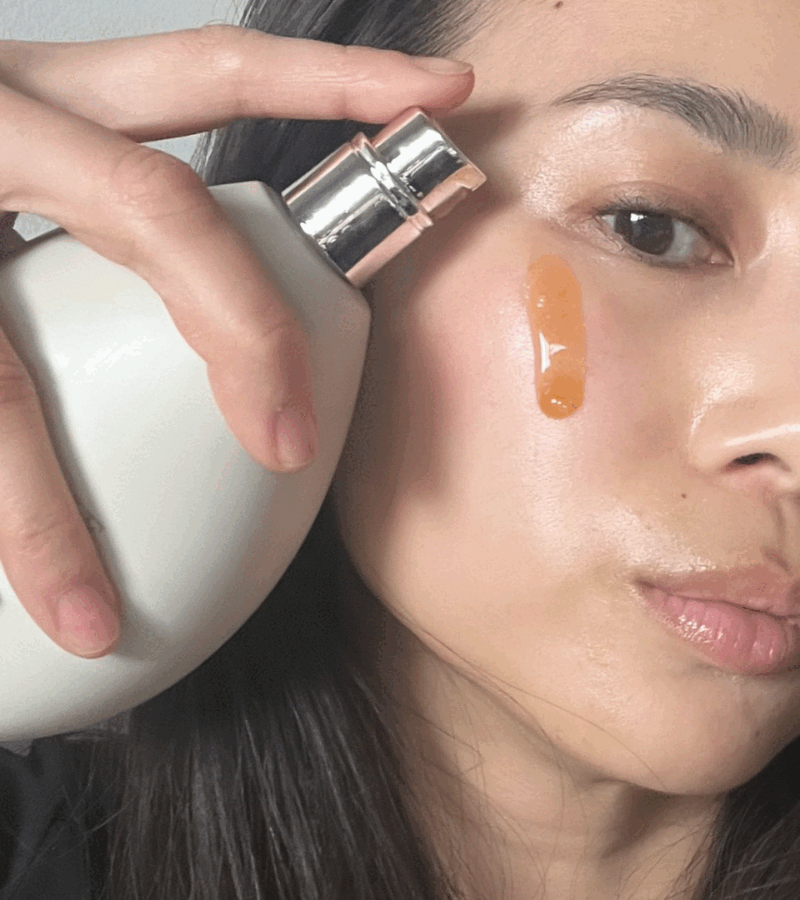
Reflections from the RAAIE Community: The Ritual of Cleansing
Whether over the sink or in the shower, our community reflects on the ever-evolving purpose and form of a beloved ritual.
Read more
In Residence at FENN: A Sydney skincare sanctuary
RAAIE finds an Australian home, alongside true tranquillity in a beloved Sydney haven.
Read more
Inside Look: Honeys, bubbles & more at our cleanser launch
An evening of connection and celebration to welcome RAAIE’s golden newcomer.
Read more

